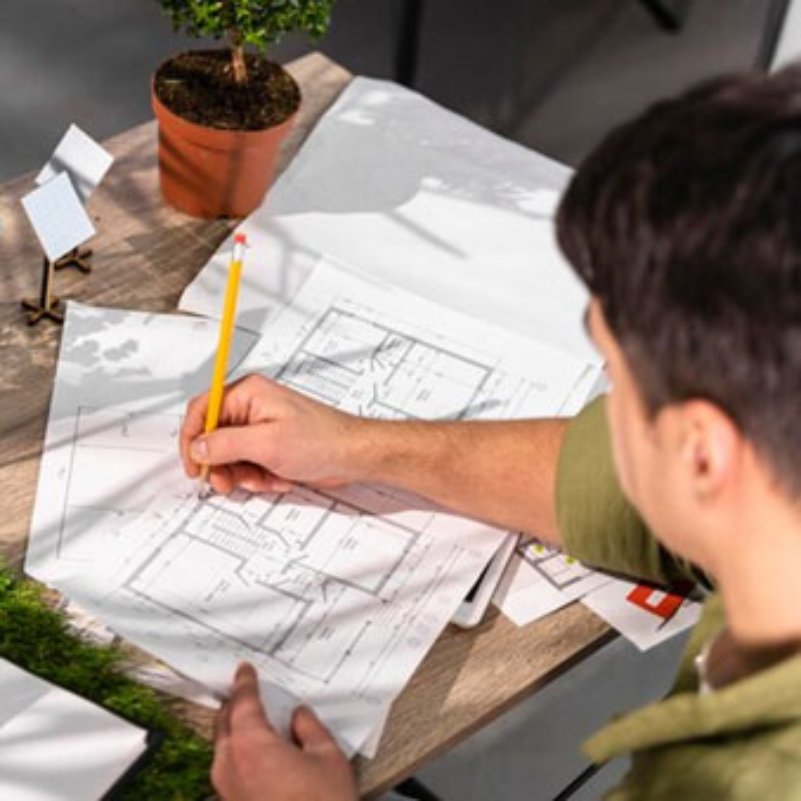Parametric Design and Generative Algorithms
Well, let us start this breakdown by saying that parametric design and generative algorithms are totally changing the game for architects. With these fancy computational algorithms, architects can whip up all sorts of intricate shapes and structures that respond to specific rules and limits. It's like magic! This approach lets them create designs that are super optimized for efficiency and performance, whether they're drawing inspiration from nature or figuring out how to make a building work best with its surroundings.Basically, the parametric design lets architects get super creative and come up with some seriously cool architectural solutions that push the boundaries of what's possible.
Sustainable Design and Building Technologies
Technology is driving a shift toward sustainable design practices in architecture, as architects and designers seek to minimize the environmental impact of buildings. Advanced building technologies, such as energy-efficient HVAC systems, and smart lighting controls, all down to efficient waste management systems, are being integrated into building designs to reduce energy consumption and enhance environmental performance.And guess what? Thanks to some seriously cool sustainable building materials, architects are able to create eco-friendly structures that still look totally amazing. I'm talking about stuff like recycled steel, cross-laminated timber, and photovoltaic glass—all materials that help minimize our impact on the environment while still letting architects flex their creative muscles and design some seriously stylish buildings. It's like having your cake and eating it too—building responsibly without sacrificing an ounce of design quality.
Digital Design Tools
The latest-gen design tools have totally changed the game for architects. With computer-aided design (CAD) software, architects can whip up detailed 3D models and renderings faster and more accurately than ever before. And the best part? These digital tools don't just make the design process smoother—they also open up a whole world of possibilities for architects to get creative and try out new ideas. It's like having a virtual playground where architects can let their imaginations run wild and bring their visions to life with ease.So, taking Grasshopper modeling classes or some other digital tool introductory course is no longer an option as much as it is a novelty. With the ability to manipulate virtual spaces in real time, architects can collaborate more effectively with clients and stakeholders, resulting in more informed design decisions and greater client satisfaction.
Building Information Modeling (BIM):
Building Information Modeling (BIM) presents yet another tech-based powerhouse moving mountains for engineers, and contractors alike. With BIM software, everyone involved in a building project can create digital models of every aspect of the building and simulate its entire lifecycle—from the design and construction phases right through to operation and maintenance. And the best part? BIM brings all this project info together in one place, making collaboration a breeze.Well, you can see how powered up with BIM, teams can collaborate in real-time, slashing errors and conflicts while ramping up project efficiency. The result? Smoother construction, reduced costs, and buildings that are more sustainable in the long haul. It's like giving the construction industry a turbo boost into the future!

